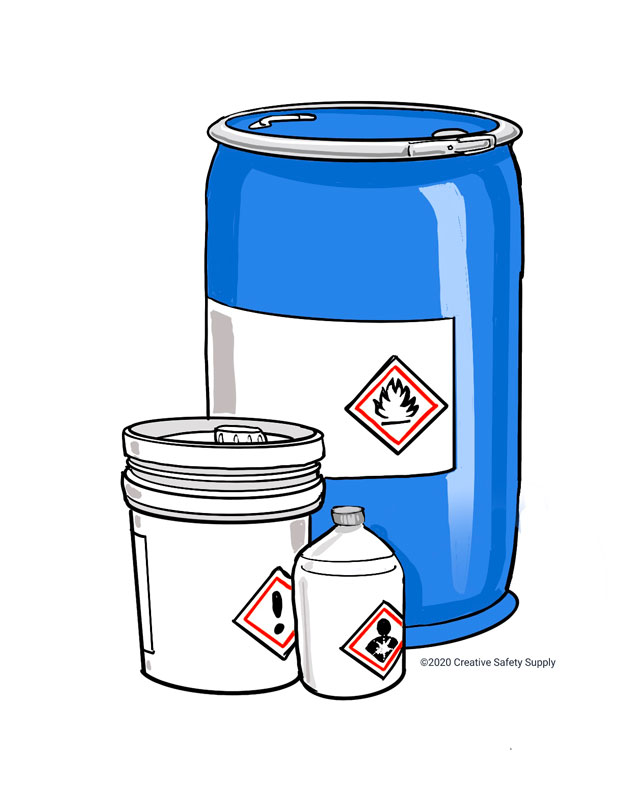
PSM is process safety management, a standard that was created by OSHA to prevent the release of highly hazardous chemicals and, in the event that an accidental release does occur, helps to minimize the consequences. A facility that correctly implements the PSM standard actively works to prevent disasters that concern dangerous substances through communication, training, and hazard analysis. Employees learn how to safely handle and store hazardous chemicals, and they become familiar with detailed operating procedures so they can follow standardized shutdown operations during a release. PSM also helps to establish emergency planning and response.
“Highly hazardous chemicals” are chemicals that have been classified to have the potential to cause a catastrophic event due to their toxic, flammable, reactive, or explosive properties. OSHA maintains a list of highly hazardous chemicals; currently, there are more than 130 of them. Any company that uses one or more of these chemicals is required to adhere to OSHA’s PSM standard. If your facility handles, transports, or stores any chemicals on the list, OSHA requires you to compile process safety information and conduct a process hazard analysis. These determine the specific hazards that your facility’s chemicals pose and are the foundation for establishing safe and appropriate operations.
PSM Requirements
On top of gathering safety information and conducting a hazard analysis, OSHA’s process safety management standard, 29 CFR 1910.119, breaks down 14 elements that work together to establish an effective PSM program:
- Operating Procedures
- Process Safety Information
- Process Hazard Analysis
- Mechanical Integrity
- Hot Work
- Management of Change
- Trade Secrets
- Employee Participation
- Training
- Contractors
- Emergency Planning and Response
- Pre-startup Safety Review
- Incident Investigation
- Compliance Audits
While the release of hazardous chemicals can happen at any time, process safety management helps to reduce the risk and level of danger. This essential standard ensures that employers fully understand the chemicals that are within their facility and the necessary precautionary measures to take. It also ensures that employees understand how to handle these chemicals safely and what to do in the event of an emergency. By implementing PSM, many companies can reduce the possibility of a catastrophic chemical release.
Additional PSM facts:
- Process safety management (PSM) is a practice to manage business operations critical to process safety. It can be implemented using the established OSHA scheme or others made available by the EPA, AIChE’s Center for Chemical Process Safety, or the Energy Institute. Source: https://www.osha.gov/process-safety-management
- PSM applies to any process that involves a chemical with quantities at or above the specified threshold listed in Appendix A of the OSHA PSM standard and any process that involves a Category 1 flammable gas or a flammable liquid with a flashpoint below 100 °F (37.8 °C) and in a quantity of 10,000 pounds (4535.9 kg) or more. Source: https://safetyculture.com/topics/process-safety-management/
- PSM consists of 14 elements that cover various aspects of process safety, such as process hazard analysis, operating procedures, mechanical integrity, management of change, incident investigation, and emergency planning and response. Source: https://en.wikipedia.org/wiki/Process_safety_management
- PSM aims to prevent catastrophic releases of toxic, reactive, flammable, or explosive chemicals that could result in fires, explosions, toxic exposures, or environmental damage. Source: https://www.safeopedia.com/definition/1051/process-safety-management-psm
- PSM is important not only for legal compliance, but also for protecting workers, the public, the environment, and the business from the consequences of process failures. Source: https://www.wolterskluwer.com/en/expert-insights/process-safety-management-what-you-need-to-know
Similar Questions
- What does EHS stand for?
- What Safety Measures Prevent Accidents at Work?
- What is the NSC?
- Where should emergency eye wash stations and showers be located?


